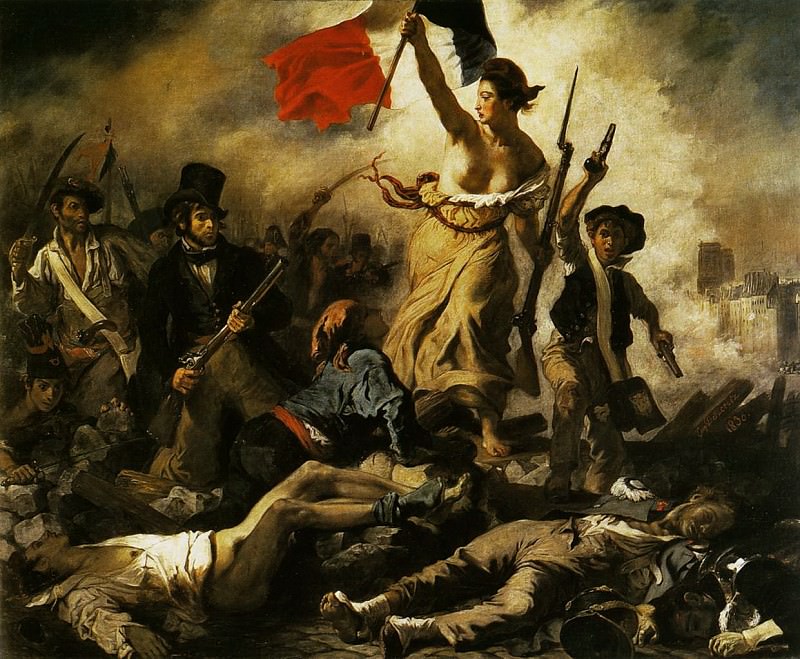Ana Mendieta: The Art and Legacy
Ana Mendieta, a Cuban-American artist, left an indelible mark on the art world through her evocative and deeply personal works. Born in Havana, Cuba, in 1948, Mendieta fled to the United States as a child during Operation Peter Pan, a mass exodus of unaccompanied Cuban minors. This traumatic separation from her homeland and family profoundly influenced her artistic vision and themes, which often explored identity, displacement, and the human connection to nature.
The Early Years
Mendieta's early years in the United States were marked by cultural dislocation and a search for identity. This personal turmoil would later become a cornerstone of her artistic practice. She studied art at the University of Iowa, where she received both her BA and MFA. During her time there, she began to experiment with various media, including performance, sculpture, painting, and video. Her work from this period reflects a deep engagement with feminist theory and a desire to break away from traditional artistic norms.
Silueta Series
One of Mendieta's most renowned body of works is the "Silueta Series," created between 1973 and 1980. These earth-body sculptures, often created in natural settings, involved the artist imprinting her body or its silhouette into the landscape. Mendieta used materials such as earth, flowers, leaves, and blood to create these ephemeral pieces, which she then documented through photography and film.
The "Silueta Series" is deeply symbolic, reflecting Mendieta's connection to her Cuban heritage and her exploration of themes such as life, death, and rebirth. The use of natural materials and the integration of her body into the landscape highlight her belief in the interconnectedness of humans and nature. These works also serve as a poignant commentary on the transitory nature of existence, with the ephemeral quality of the pieces emphasizing the impermanence of life.
Ritual and Spirituality
Mendieta's art is imbued with a sense of ritual and spirituality, drawing on a variety of cultural and religious traditions. Her Cuban heritage and the influence of Afro-Cuban religious practices, particularly Santería, are evident in many of her works. Mendieta often incorporated elements of ritualistic performance into her art, using her body as a conduit for spiritual expression.
In works such as "Anima," Mendieta explores the concept of the soul and its connection to the physical body. Her use of blood in many pieces serves as a powerful symbol of life, death, and sacrifice, echoing both religious rituals and the personal sacrifices she experienced as an exile.
Feminism and the Body
As a feminist artist, Mendieta's work frequently addresses issues of gender and the female body. Her performances and sculptures often highlight the vulnerabilities and strengths of the female form, challenging societal norms and expectations. In "Untitled (Rape Scene)," for example, Mendieta recreated the aftermath of a sexual assault, using her own body to convey the brutality and violation of such an act. This piece, like many of her works, is both deeply personal and politically charged, confronting viewers with the harsh realities of violence against women.
Mendieta's exploration of the body extends beyond the personal to the universal, as seen in her "Body Tracks" series. In these works, she created imprints of her body on walls using a mixture of blood and other organic materials, leaving behind a haunting trace of her presence. These pieces serve as a testament to the enduring impact of the body and its movements, even after the physical form is no longer present.
Legacy and Influence
Ana Mendieta's untimely death in 1985 at the age of 36 cut short a promising career, but her influence on contemporary art remains profound. Her innovative use of materials and integration of performance and ritual into her practice paved the way for future generations of artists. Mendieta's exploration of themes such as identity, displacement, and the body continues to resonate, inspiring artists to delve into their own personal and cultural histories.
In the years following her death, Mendieta's work has been the subject of numerous exhibitions and retrospectives, ensuring that her legacy endures. Her contributions to the fields of performance art, feminist art, and earth art are widely recognized, and her influence can be seen in the works of many contemporary artists who explore similar themes and techniques.
Conclusion
Ana Mendieta's art is a testament to the power of personal and cultural identity in shaping artistic expression. Her works, rooted in her experiences as an exile and her deep connection to nature, continue to captivate and challenge audiences. Through her innovative use of materials and her exploration of themes such as the body, spirituality, and displacement, Mendieta created a body of work that is both deeply personal and universally resonant. Her legacy as a pioneering artist endures, inspiring new generations to explore the intersections of identity, culture, and art.
















